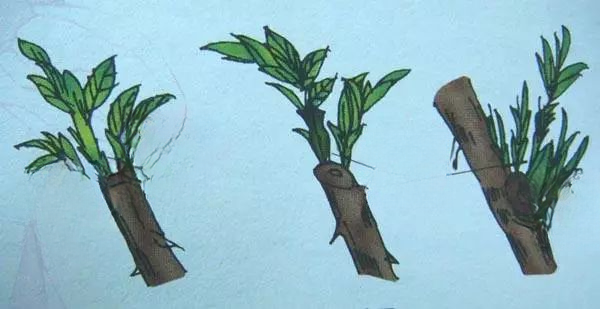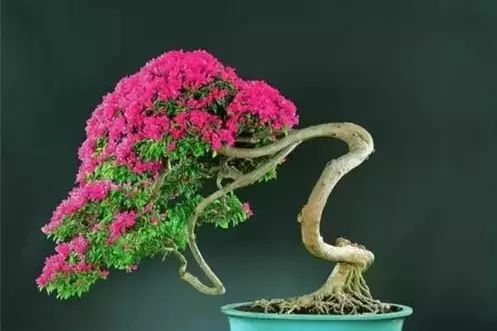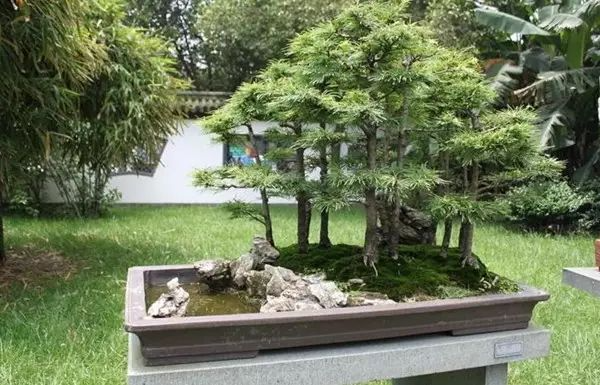Flower care: pruning and pinching
The so-called "growing flowers" means, of course, "growing". Flower pruning technology is very important in the process of flower maintenance.

Why do we need to prune flowers?
The proverb "70% of flower cultivation depends on management and 30% on pruning" is an important experience in flower cultivation. Pruning can not only make the branches of flowers evenly distributed, save nutrients, regulate plant vigor, and control excessive growth, so that the flowers have neat plant shapes and beautiful postures, but more importantly, it is conducive to more flowering. Most flowers bloom on new branches. Only by constantly pruning old branches can new branches be promoted, more flowers can be bloomed, and more fruits can be produced.
When is the best time to prune flowers? Flower pruning is generally divided into the following two types:
(1) Pruning during dormancy: mainly thinning branches and cutting short. It is best to do this in early spring when the sap begins to flow and the buds are about to sprout. If you prune too early, the wound will not heal easily and the new shoots will be easily damaged by frost. If you prune too late, the new shoots will have already sprouted, wasting nutrients.
(2) Pruning during the growing season: This is mainly to regulate vegetative growth, including pinching, removing buds, thinning flowers, thinning fruits, and cutting off overgrown branches. It can be done at any time during the growing season.

Different types of flowers and trees require different pruning times
When pruning flowers and trees that are mainly for viewing, you must first understand the flowering habits of different flowers and trees. For those that bloom in spring, such as plum blossoms, peach blossoms, and winter jasmine, the flower buds are formed on the branches of the previous year, so it is not advisable to prune in winter, nor before buds appear in early spring, otherwise the flower branches will be cut off. Pruning should be done within 1-2 weeks after flowering to promote the sprouting of new shoots and the formation of flower branches for the next year. If you wait until autumn or winter to prune, the branches that have formed flower buds in summer will be damaged, affecting flowering in the second year.
All flowers and trees that bloom on branches of the current year, such as roses, hibiscus, poinsettia, hibiscus, kumquat, daisy, and bergamot, should be pruned during the winter dormancy to promote more new shoots, more flowers, and more fruits. Vining woody flowers should generally be pruned during the dormant period or winter to maintain a neat, symmetrical, and beautiful plant shape. Flowers and trees that are mainly straight should also be pruned during the dormant period.

How to do pinching?
Pinching is the process of pinching off (or cutting off) the top of the main stem or side branches of flowers with your fingers to promote the germination of axillary buds or inhibit the excessive growth of branches, so that the plant grows strong and beautiful and increases the number of flowers.
For general herbaceous flowers, such as Salvia, Snapdragon, Pepper, Vinca, etc., after the seedlings are established and survive, when the plant height is about 10 cm, they can be topped to promote more branches and more flowers. For example, Begonia, Fuchsia, Chrysanthemum, etc., after the seedlings are established and survive, they should be topped to promote more side branches, enrich the plant shape, and increase the number of flowers. However, for some flowers that will become smaller or fail to bloom after topping, such as Impatiens, Cockscomb, Jiangxi Wax, etc., it is not advisable to top them.
Some woody flowers are topped and pinched when they are repotted in spring or when the main branches are growing vigorously to accelerate the formation of branches. For example, pomegranates, roses, plum blossoms, poinsettias, bougainvilleas, night lilacs, etc. can be topped multiple times according to the cultivation purpose and plant growth.